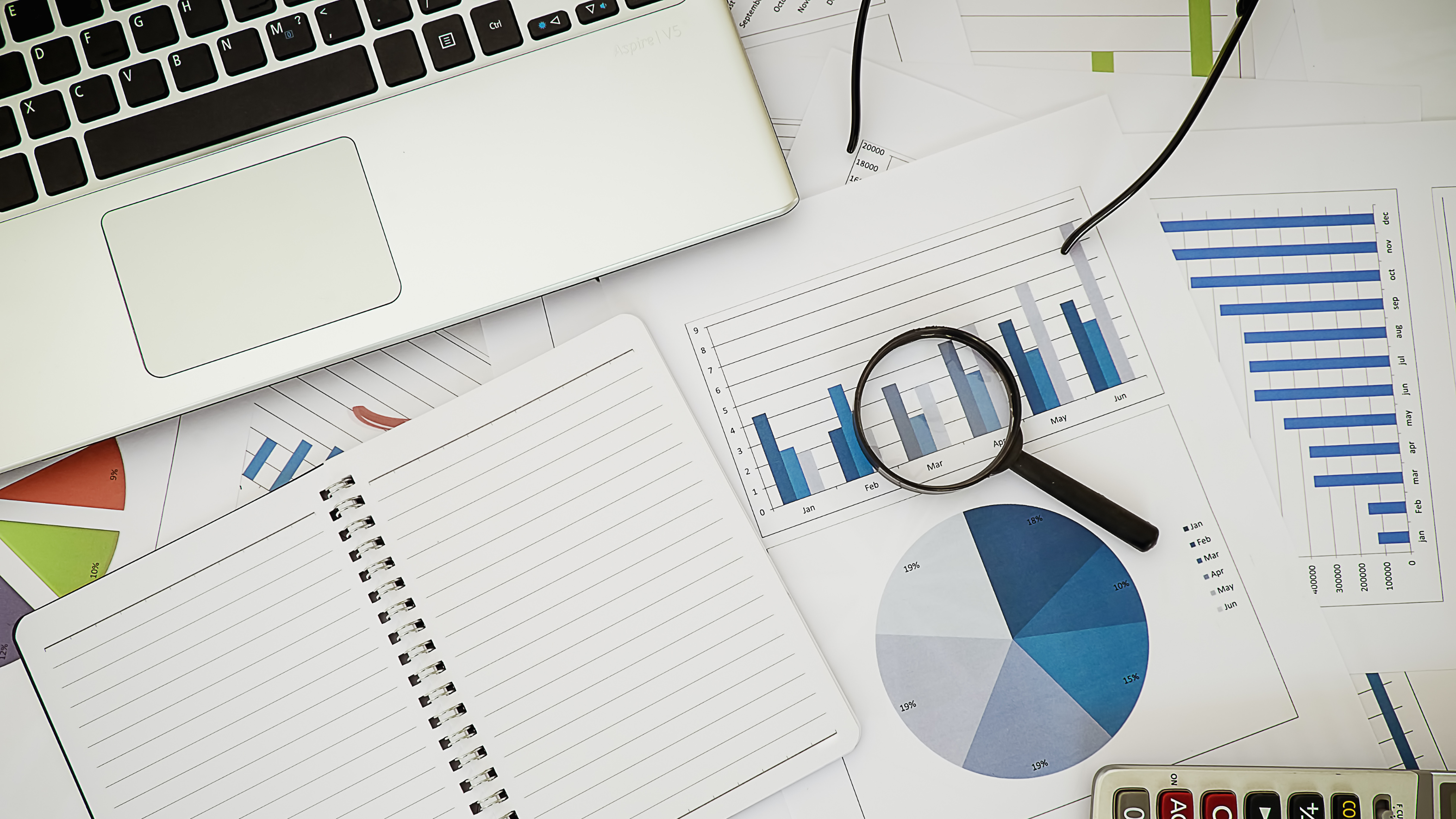Blogs, Insights
A number can say a thousand words: the role of data in PR

By Ines Alves, Account Director
In PR and communications, the written and spoken word is naturally central to everything we do. But, as anyone who closely follows the media will know, the use of data and statistics can work hand in hand with language to help turn a good story into a great one.
That data can be essential to the running of any business – particularly when it comes to decision making – is no secret, but harnessing it in communications and media relations can also prove instrumental.
Flick through any newspaper, and you’ll almost certainly come across several headlines that are centred around – or even lead with – a strong statistic. In the media in particular, numbers can be instrumental in emphatically highlighting anything from economic changes and sector performances to public opinions and lifestyle trends.
As the saying goes, ‘a picture can tell a thousand words’, but the same argument could be applied to numbers. In fact, when presented well, one or two interesting figures can say a lot in a far more concise and emphatic manner than an anecdote, no matter how insightful!
Getting the sample right
In an era of highly competitive news desks, a good stat can make a story stand out. But of course, it’s not just as simple as running a straw poll.
Journalists, particularly at national publications, typically need ‘representative’ research to write an article that they, their editors, and their readers will view as properly evidenced and reliable. In fact, the larger the sample size in a piece of research – particularly in a survey or opinion poll – the stronger and more reliable your data will be, and the more likely it is to resonate with a publication’s readership. Plus, from a statistical point of view, larger sample sizes are generally more likely to yield a statistically ‘significant’ difference (although there are other factors that affect this, and in some scientific research, significance does not always equate to meaningfulness).
To give you an idea of what a good sample size looks like, some of our journalist contacts have told us that they need surveys to have at least 1,000 respondents for them to consider reporting – although this can vary depending on the publication.
The RoI of an FoI?
In instances where you don’t want to explore opinion polling, and data isn’t readily produced by an official organisation, Freedom of information requests – or FoIs – can come into play. When developed and produced carefully, FoIs can offer a cost-effective route to sourcing specific data or information from public bodies, such as regulators or Government departments, and can be a good way of spending your communications support.
However – FoIs do still need to be approached with care. The delivery of the information from public bodies can be lengthy, data can be provided in a raw and technical format, and there is increasing oversaturation of them in the media. Furthermore, if data is being collected from different regional sub-groups of a public organisation, it isn’t unheard of for each region to collate the information in a different format – requiring more time spent on analysis.
FoIs can be a great option for generating new content, both in the media and beyond – but before setting wheels in motion, it’s important to factor in the time that it could entail, and whether a similar picture could be shown through other means, first.
One of the best things about data in PR is that it can be used for almost any industry – whether investigating sentiment in a specific sub-sector of the population, looking at changes in the number of investigations opened by a regulator, or highlighting the pay gap in a specific industry, data has the potential to tell a story of almost any genre.
Naturally, there are several elements that play a role in shaping and developing a good media story. Insightful expertise is an essential part of this, and coupling it with data could take it to the next step. Whether through opinion polling, freedom of information requests, or analyses of an organisation’s own databases, it’s worth considering how stats can help you tell your story and build your brand.

